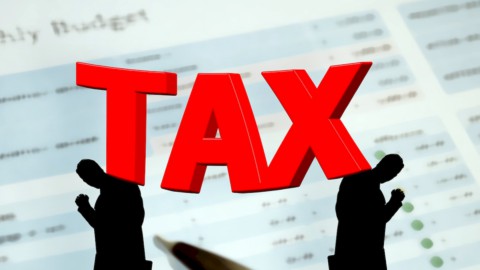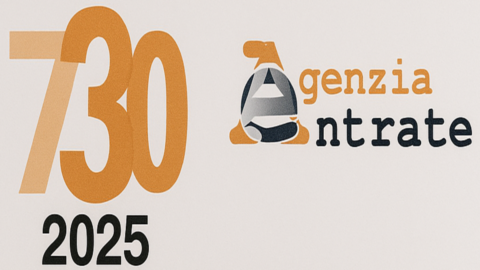L’abolizione della Tasi 2020 è all’orizzonte: l’anno prossimo sugli immobili diversi dall’abitazione principale si pagherà solo l’Imu, che però diventerà più pesante. Questo perlomeno è il piano del governo, che ha inserito l’accorpamento dei due tributi sulla casa nella bozza di manovra trasmessa al Parlamento, all’articolo 95. Com’è ovvio, Camera e Senato possono apportare modifiche alla norma, e anzi è probabile che lo facciano, vista l’importanza del tema in chiave elettorale.
Il Governo assicura che i proprietari di immobili non pagheranno più che in passato, perché la riforma è a gettito invariato. A ben vedere, però, questa affermazione è vera nella maggioranza dei casi, ma non in tutti: il gettito invariato non garantisce infatti che la distribuzione del carico fiscale rimanga la stessa.
ABOLIZIONE TASI E NUOVA IMU 2020: COME CAMBIANO LE ALIQUOTE
Passiamo ai numeri. Fino alla fine del 2019 valgono le istruzioni del ministero dell’Economia, in base alle quali “la somma delle aliquote della Tasi e dell’Imu per ciascuna tipologia di immobile non deve essere superiore all’aliquota massima consentita dalla legge statale per l’Imu al 31 dicembre 2013”, vale a dire il 6 per mille (pari allo 0,6 per cento) sull’abitazione principale di lusso e il 10,6 per mille (= 1,06 per cento) sugli altri immobili. È tuttavia permesso conservare l’eventuale maggiorazione Tasi dello 0,8 per mille, a patto che questa sia stata varata nel 2015. In molte città il limite massimo per la somma delle due aliquote sale così all’11,4 per mille. Ecco: dopo l’abolizione della Tasi, l’11,4 per mille diventerebbe l’aliquota massima della nuova Imu, che a quel unto si trasformerebbe davvero in un’imposta municipale unica. Calcolatrice alla mano, per moltissimi contribuenti non cambierebbe nulla, visto che Tasi e Imu hanno sempre avuto la stessa base imponibile.
Ma nei Comuni dove l’aumento Tasi dello 0,8 per mille non era stato varato entro il 2015 e dunque non era più possibile? Anche per loro l’asticella salirà all’11,4 per mille? Su questo passaggio bisogna ancora fare chiarezza.
Per quanto riguarda invece i Comuni che non hanno ancora alzato l’imposizione sulla casa al livello massimo, potranno scegliere di farlo nel 2020, ma avrebbero potuto anche con il sistema binario Imu-Tasi, visto che il blocco delle aliquote è stato cancellato l’anno scorso dal Governo gialloverde.
Al contrario, le amministrazioni che già chiedono il massimo ai propri cittadini (come Roma, Milano, Firenze, e Bologna) continueranno ad avere le mani legate.
NUOVA IMU 2020: COSA CAMBIA PER L’ABITAZIONE PRINCIPALE
Sulle poche abitazioni principali per le quali è previsto il pagamento dell’Imu (ville, case storiche e abitazioni signorili: categorie catastali A/1, A/8 e A/9) l’aliquota ordinaria sale dal 4 al 5 per mille, ma i Comuni potranno aumentarla o diminuirla fino a un punto percentuale, quindi potrebbe tornare al 4 o salire fino al 6 per mille. Ricordiamo che per abitazione principale s’intende l’immobile in cui si ha la residenza anagrafica e si risiede abitualmente (in termini fiscali, è un concetto diverso da quello di prima casa).
NUOVA IMU 2020: COSA CAMBIA PER GLI AFFITTI E I COMODATI
La notizia peggiore per i proprietari riguarda però gli affitti e i comodati d’uso. Finora l’inquilino (affittuario o comodatario) doveva pagare una quota compresa fra il 10 e il 30% della Tasi (a discrezione del Comune), ma ora anche questa fetta passa sulle spalle del proprietario, a cui da sempre compete il 100% dell’Imu.




